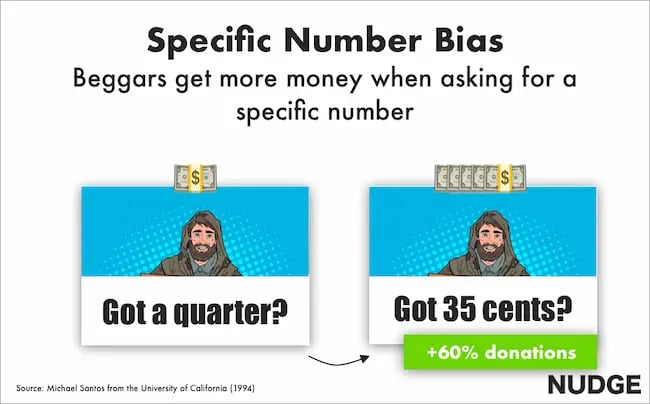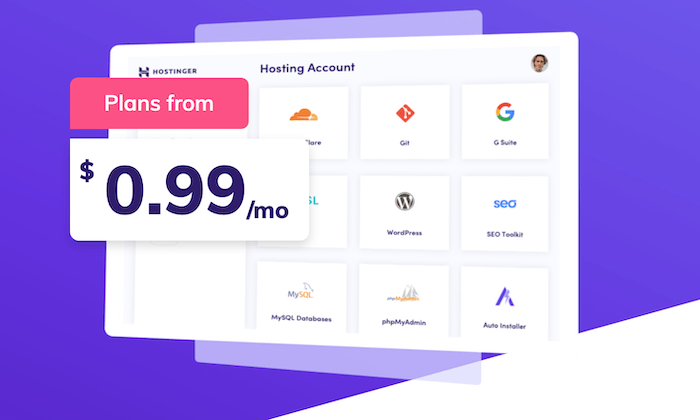5 Simple Ways to Improve Your Pricing

By Phill Agnew
Welcome to Creator Columns, where we bring expert HubSpot Creator voices to the Blogs that inspire and help you grow better.
In the 5 years I’ve run Nudge, I’ve interviewed dozens of experts on pricing. These aren’t run-of-the-mill LinkedIn gurus. They’re peer-reviewed researchers from some of the world’s most prestigious universities. In this blog, I reveal their top five pricing tips.
5 Secrets About Pricing
Recently on my podcast Nudge, a guest told me a secret about pricing.
“The truth,” Melina Palmer said, “is that pricing isn’t really about the price.” Instead, it’s everything around the price. The framing, the offer, the brand. That’s what makes people buy.
This insight has been backed up by dozens of other behavioural scientists who I’ve interviewed for my show, and in hundreds of peer-reviewed papers I’ve read on the topic.
Simply put, offering a lower price isn’t the smartest way to improve your sales. Instead there are five other tips I’d suggest you try first.
1. Break your price down.
When showing your price, try to break it down into smaller increments.
Richard Shotton, in his book the Choice Factory, ran tests with customers looking to purchase a car. Some potential buyers saw the cost outright ($40,000). Some saw the cost per day over the course of several years ($11 a day).
Those who saw the price broken down were 4x more likely to rate the price as a good deal and 50% more likely to buy.
This doesn’t only work for expensive products like cars.
John Gourville in 2003 published a paper that found that cheaper items — like mobile phone contracts — were seen as more affordable when framed in daily terms. The contract was seen as better value when shown as $1 per day — rather than $30 a month.
So, when setting your price, consider showing the price per day equivalent to customers.
2. Avoid round numbers.
When setting the price, don’t opt for a round number.
Michael Santos, a psychologist at the University of California, demonstrated why in his 1994 study. For the study, the researchers dressed up as street beggars and requested donations from pedestrians.
Some asked for rounded amounts, like a dollar or a quarter. Others asked for precise amounts like $1.02 or 35 cents.
Incredibly, those that asked for the specific amounts received 60% more donations. 60% more, even when they asked for more than the rounded amount. Asking for 35 cents gets more donations than simply asking for a quarter.
The specificity makes the request seem more genuine — encouraging people to donate more.

This has real world implications.
A 2008 study of 25,000 house sales in Florida found that homes that listed their sale price as a specific price sold for closer to their asking price.
For example, listing a house at $249,749 — rather than a rounded price of $250,000 — …read more
Source:: HubSpot Blog








